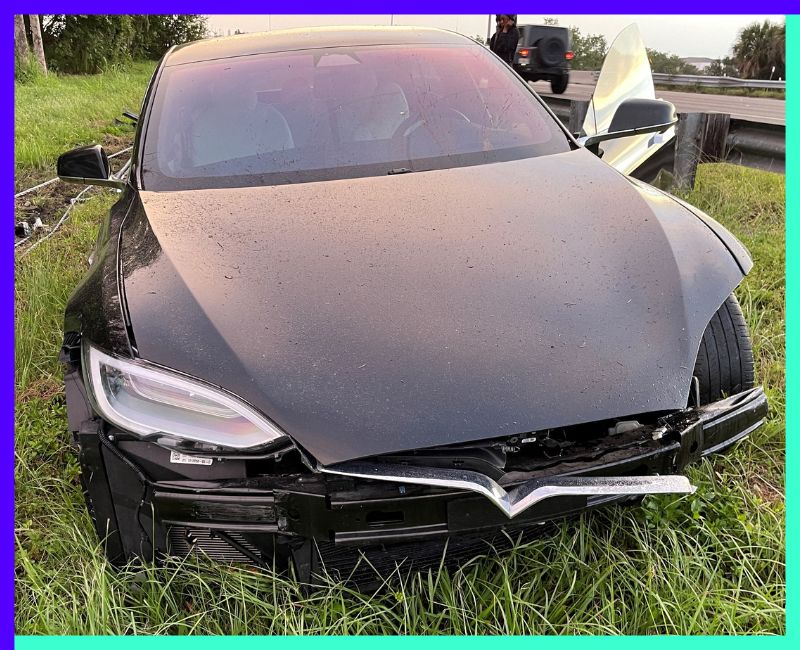Tesla has announced a significant recall, impacting over 2 million vehicles across the United States. This recall, encompassing models Y, S, 3, and X manufactured between October 5, 2012, and December 7 of the current year, is aimed at addressing issues with its Autopilot system. The decision follows a comprehensive two-year investigation by the National Highway Traffic Safety Administration (NHTSA) into several accidents, including fatal ones, involving the Autopilot feature.
Documents released by U.S. safety regulators highlight Tesla’s plan to release a software update to rectify these concerns. The investigation by NHTSA revealed that the existing system to ensure driver engagement while using Autopilot could lead to misuse due to its inadequacies.
Tesla’s proposed software update will introduce additional controls and warnings, enhancing driver attentiveness and adherence to driving responsibilities. The update will also modify the operational parameters of the Autosteer feature, limiting its use to appropriate conditions and road types. If the driver attempts to engage Autosteer under unsuitable conditions, the system will provide visual and auditory alerts and refrain from activating.
However, safety experts argue that while this recall is a positive step, it doesn’t fully resolve the core issue – Tesla’s automated systems’ inability to reliably detect and respond to obstacles.
Despite Tesla not fully agreeing with NHTSA’s analysis, the company has consented to the recall, effective December 5, to close the investigation. This decision comes amid longstanding calls from auto safety advocates for stricter regulation of driver monitoring systems. The advocates suggest that hands-on steering wheel detection is insufficient, advocating for eye-tracking technology used by other manufacturers.
The NHTSA stated that its investigation into Tesla remains ongoing, monitoring the effectiveness of these remedies. The agency is committed to ensuring the highest level of safety in collaboration with Tesla.
Tesla emphasizes that both its Autopilot and Full Self Driving systems are designed to assist vigilant drivers, who must be prepared to take control at any time. Despite the Autopilot’s name, it is not an autonomous driving system but rather a driver-assist feature. Previous independent tests have shown that the monitoring system can be deceived, leading to misuse.
Tesla’s defect report acknowledges that the current Autopilot controls may not sufficiently prevent driver misuse. The company, headquartered in Austin, Texas, has yet to comment further on the recall.
NHTSA has investigated 35 Tesla-related crashes since 2016, suspecting automated system involvement, resulting in at least 17 fatalities. These investigations are part of a broader scrutiny by NHTSA into Tesla crashes involving emergency vehicles.
